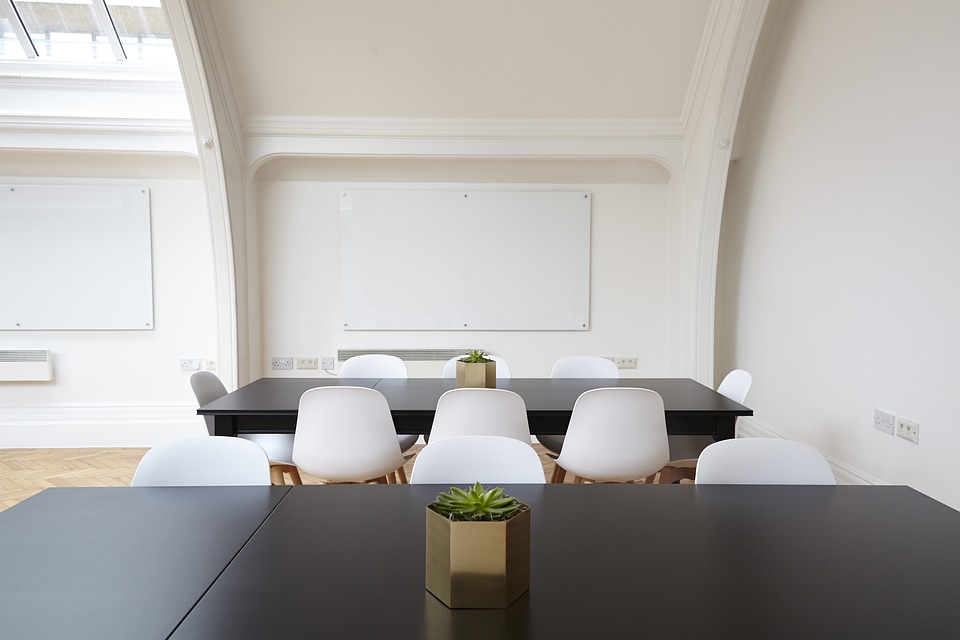
Pre-reading questions:
I will read each question. Then, please answer them.
講師がそれぞれの質問を読むので答えましょう。
- Are you familiar with “minimalism”?
- Do you own a lot of things?
Vocabulary:
I will read the words, meanings, and sample sentences. Then, repeat after me.
単語、意味、例文を読みます。講師に続いて音読しましょう。
- history /HIS-tuh-ree/
- cloak /klohk/
- well-known /WEL-NOHN/
- benefit /BEN-uh-fit/
- method /METH-uhd/
[noun] – (the study of or a record of) past events considered together, especially events of a particular period, country, or subject
I’m studying the history of the Philippines.
[noun] – a loose outer piece of clothing without sleeves that fastens at the neck and hangs from the shoulders
She left her blue cloak inside the house.
[adjective] – known or recognized by many people
He’s a well-known basketball player in their town.
[noun] – a helpful or good effect
Sarah didn’t get any benefit from working there.
[noun] – a particular way of doing something
What is the best method of cooking pork meat?
Article reading:
Please read the whole article. Then, I will check your pronunciation and intonation.
記事を音読しましょう。講師はあなたの発音とイントネーションを確認します。
“Less is more” gets more popular each day. The term “minimalism” can now be applied to goods, lifestyles, and even people’s beliefs. So what exactly is minimalism? Let’s learn its history and how it changed over the years.
Minimalism started in the 20th century, but its origins are believed to be about 2,500 years ago. Diogenes of Sinope traveled from Turkey to Athens, Greece with only three things: a cloak, a walking cane, and a leather pouch. Instead of living in a house, he lived in a rain barrel. He’s the first person to not live a “normal” life. In the 3rd century BC, the Hellenistic philosophy of Stoicism became well-known. It explains that minimalism is living a life without complaining. In other words, minimalism is feeling happy from living a simple life, and with what you have. Gretchen Rubin’s book “Outer Order, Inner Calm” reflects this philosophy. A simple act, according to Rubin, can have benefits on anyone.
So is minimalism destroying material things to save the Earth, like what British artist Michael Landy believes? Or is it Marie Kondo’s art of organizing to know which method “sparks joy” or not? Despite the differences, minimalism has one concept: happiness. What about you? What does minimalism mean to you?
Minimalism started in the 20th century, but its origins are believed to be about 2,500 years ago. Diogenes of Sinope traveled from Turkey to Athens, Greece with only three things: a cloak, a walking cane, and a leather pouch. Instead of living in a house, he lived in a rain barrel. He’s the first person to not live a “normal” life. In the 3rd century BC, the Hellenistic philosophy of Stoicism became well-known. It explains that minimalism is living a life without complaining. In other words, minimalism is feeling happy from living a simple life, and with what you have. Gretchen Rubin’s book “Outer Order, Inner Calm” reflects this philosophy. A simple act, according to Rubin, can have benefits on anyone.
So is minimalism destroying material things to save the Earth, like what British artist Michael Landy believes? Or is it Marie Kondo’s art of organizing to know which method “sparks joy” or not? Despite the differences, minimalism has one concept: happiness. What about you? What does minimalism mean to you?
True or False:
Read the sentences and identify if they are true or false based on the article.
文章を読んで、記事に基づいて正誤を答えましょう。
- Minimalism’s origins are believed to be 2,500 years ago.
- Diogenes traveled from Greece to Turkey.
- The Hellenistic philosophy of Stoicism became popular in the 3rd century BC.
- Gretchen Rubin is not the author of the book “Outer Order, Inner Calm.”
- Marie Kondo’s art of organizing lets you know which method “sparks joy” or not.
Fill in the blanks:
Choose the correct word from the table then fill in the blanks.
適切な言葉を選んで空欄を埋めましょう。
| history | cloak | well-known | benefit | method |
- He brought nothing with him but a _______.
- He had the _______ of a good education.
- Social media is the modern _______ of communication.
- Studying _______ is one of my favorite hobbies.
- Who is a _______ artist in your country?